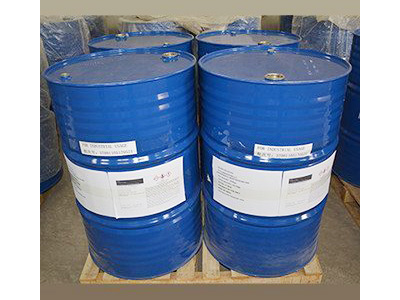
There are two basic approaches for using silane coupling agents. The silane can either be used to treat the surface of the inorganic materials before mixing with the organic resin or it can be added directly to the organic resin.
The Surface Treatment of Inorganic Materials
There are two general methods for treating the surfaces of inorganic filler materials before they are added to the organic resins.
(1) Wet Method
By mixing a slurry of the inorganic materials in a dilute solution of the silane coupling agent, a highly uniform and precise surface treatment of the inorganic material can be obtained.
(2) Dry Method
A high shear, high speed, mixer is used to disperse the silane coupling agent into the inorganic materials. The silane is generally applied either neat or as a concentrated solution. When compared to the Wet Method, the Dry Method is most often preferred for large-scale production, treating a large amount of filler in a relatively short time and generating relatively little mixed waste; however, it is more difficult to obtain uniform treatment with this method.
Addition To Organic Materials
Compared to the methods for the surface treatment of inorganic materials, adding the silane to the organic resin is more widely used in industries because of its excellent process efficiency, although curing may be more difficult. There are two general methods.
(1) Integral Blending
This method involves simple blending of the silane coupling agent into the composite formula as the inorganic and organic materials are mixed together.
(2) Master Batch
In this method, the silane coupling agent is first added to a small amount of the organic resin material to form what is referred to as a “master batch”. Usually in the form of pellets or large granules, the master batch can be easily added along with the pellets of the organic resin when producing the composite materials.